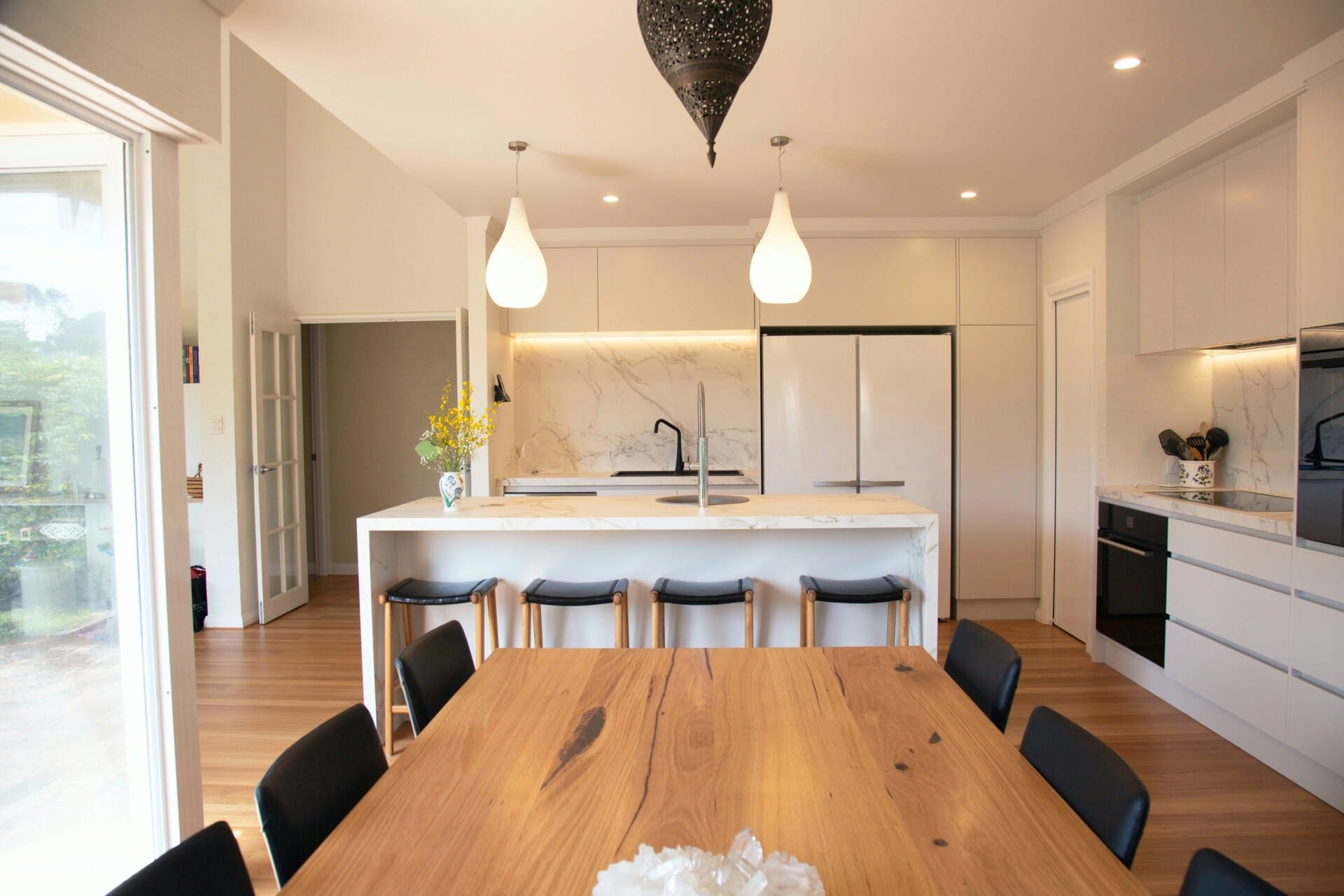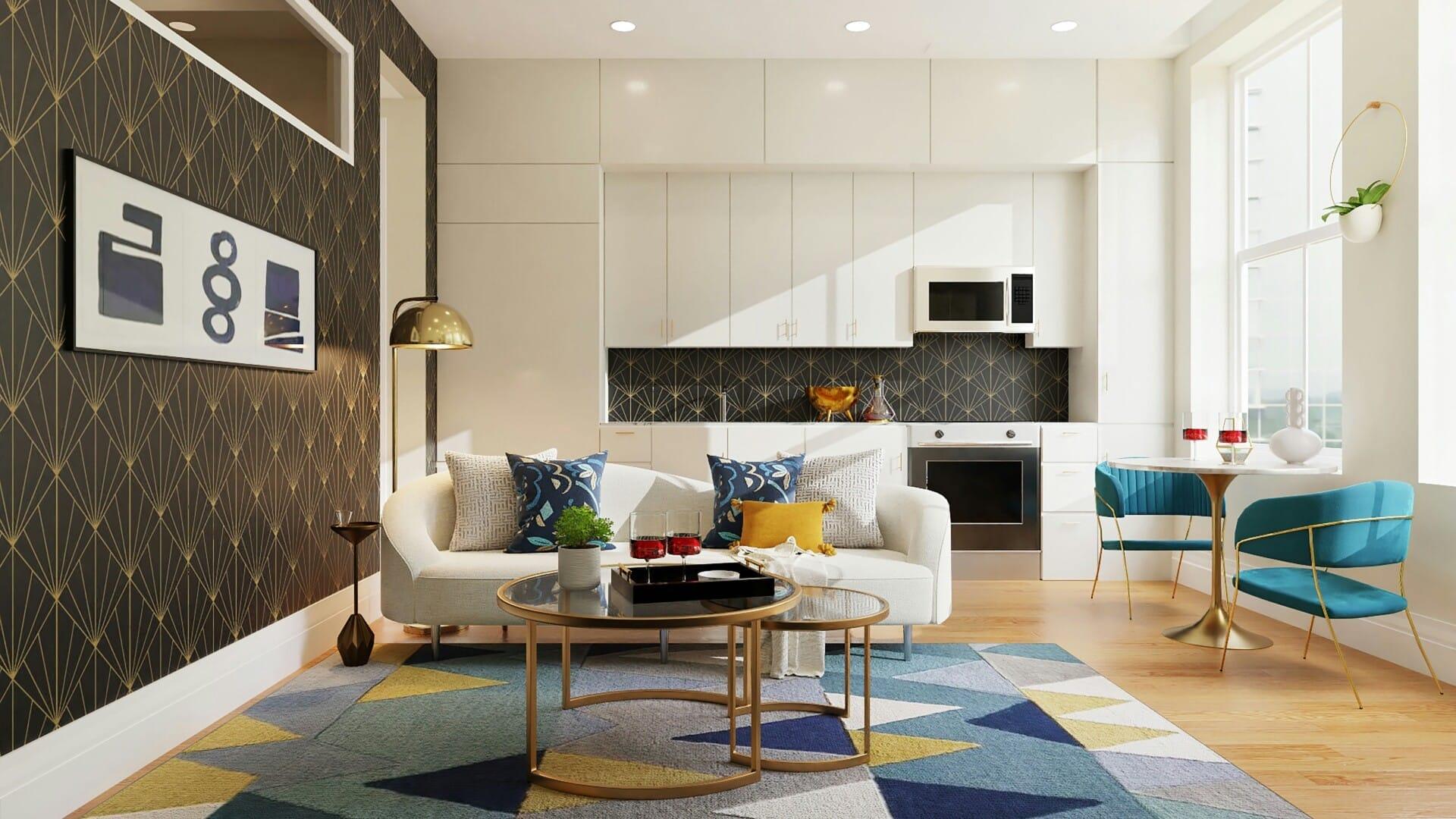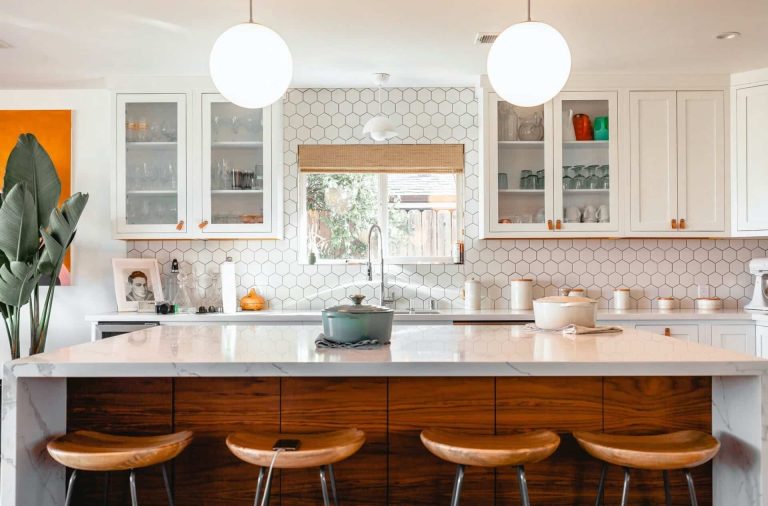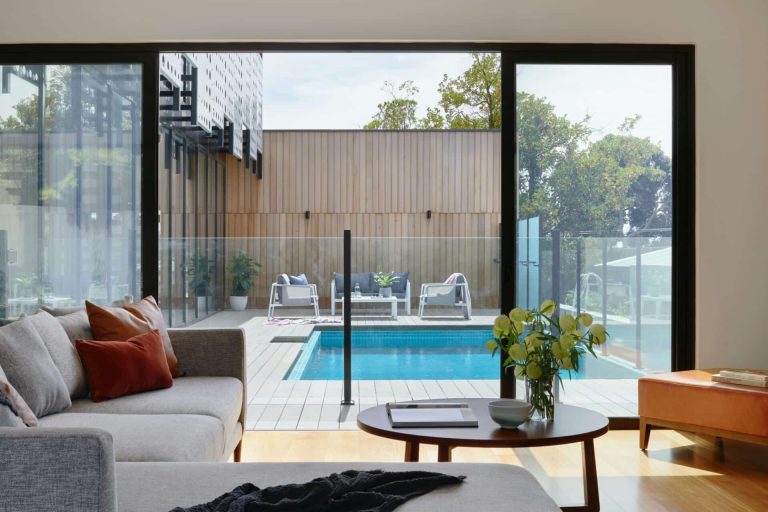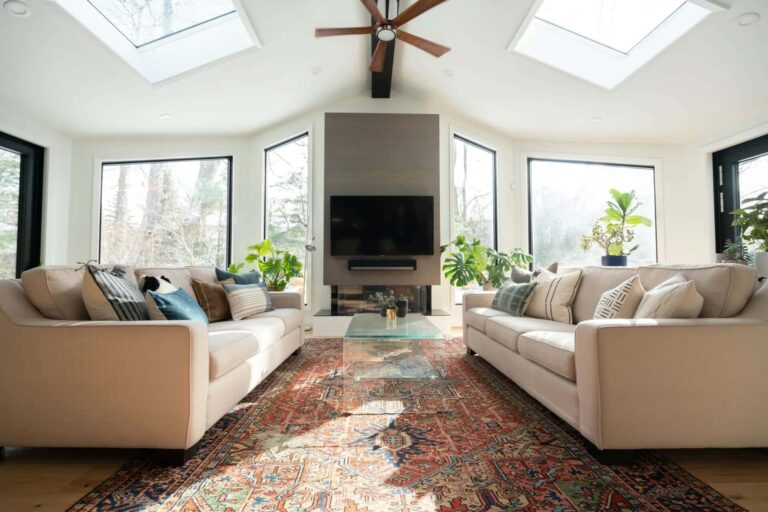Hey there! Have you ever stopped to think about the incredible role our homes play in protecting Malaysia’s lush forests? It’s pretty amazing when you consider that every brick, beam, and tile can contribute to a healthier planet. In a country blessed with such rich biodiversity, sustainable construction is becoming a game-changer, helping us build future-proof homes while keeping our green treasures safe. In this article, we’ll take a closer look at how embracing eco-friendly building practices is making a difference, one house at a time. Get ready to discover how our everyday choices in construction can pave the way for greener forests and a brighter future for Malaysia!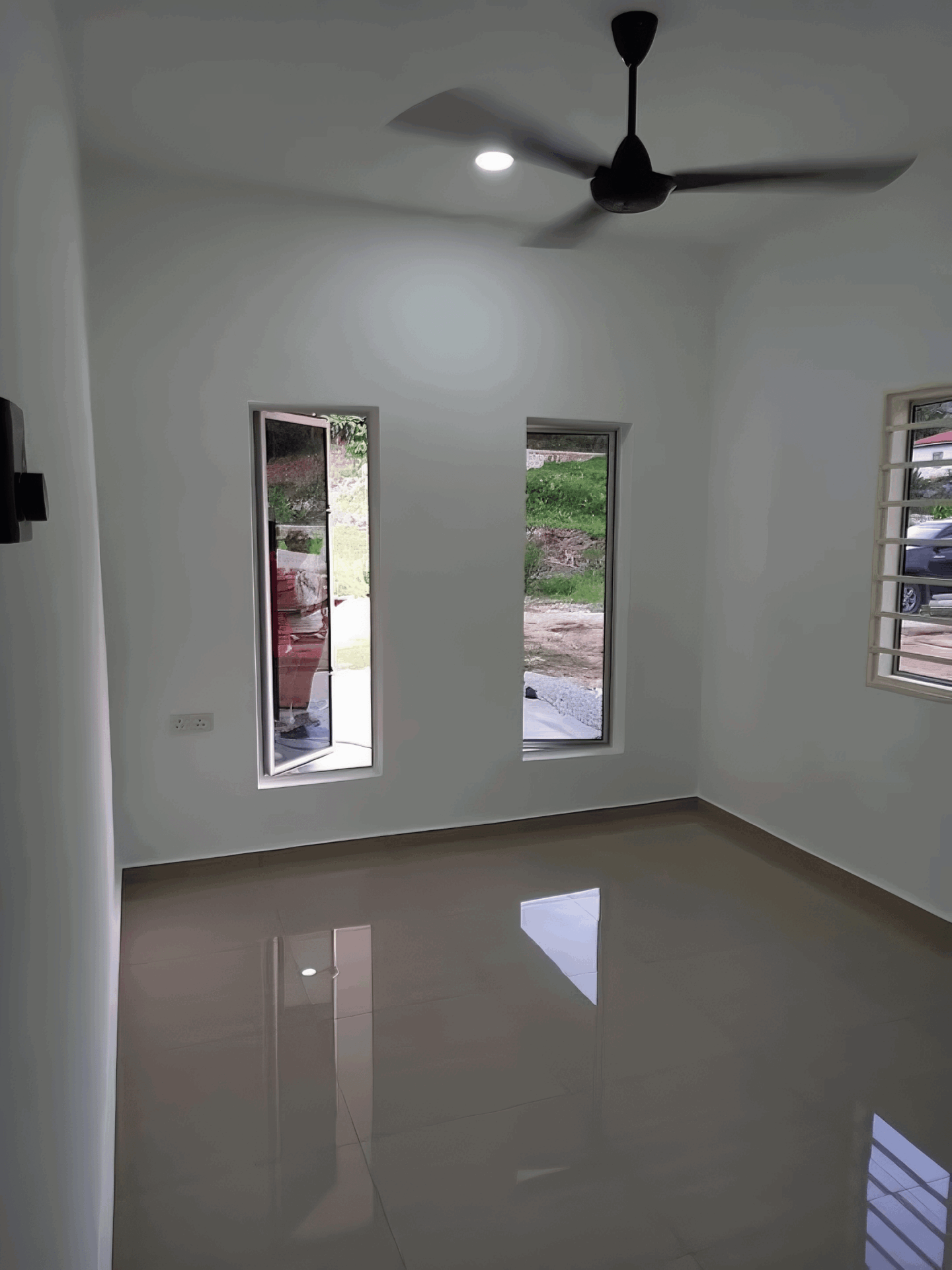
Understanding the Role of Sustainable Construction in Forest Preservation
In recent years, as the development of urban areas accelerates, the demand for construction materials has put immense pressure on Malaysia’s lush forests. Sustainable construction aims to mitigate this impact by emphasizing the use of environmentally friendly materials and practices that foster a balance between development and conservation. By incorporating methods like recycled materials, local sourcing, and energy-efficient designs, builders can minimize their ecological footprint while still providing functional living spaces. This innovative approach not only protects the forests but also supports the local economy and biodiversity.
One of the key strategies involved in sustainable construction is the adoption of green building certifications, such as the Green Building Index (GBI) in Malaysia. This certification encourages constructors and homeowners alike to engage in practices that are less harmful to the environment. By adhering to these guidelines, projects can significantly reduce waste, conserve water, and limit energy consumption. Additionally, builders are leaning towards wood from sustainable sources—a practice that plays a crucial role in preserving forest ecosystems. These practices help ensure that we leave a healthier planet for future generations.
Investing in sustainable construction techniques can yield long-term benefits for both the environment and communities. By choosing to build sustainably, we are not only enhancing the livability of our regions but also contributing to a greater cause—forest preservation. As the construction industry in Malaysia evolves, we can expect a noteworthy shift towards eco-friendly building methods. Initiatives like community-oriented workshops and government incentives are blooming, encouraging both builders and buyers to embrace sustainable practices. Together, these efforts make impactful strides towards conserving Malaysia’s beautiful forests, ensuring that they thrive for years to come.
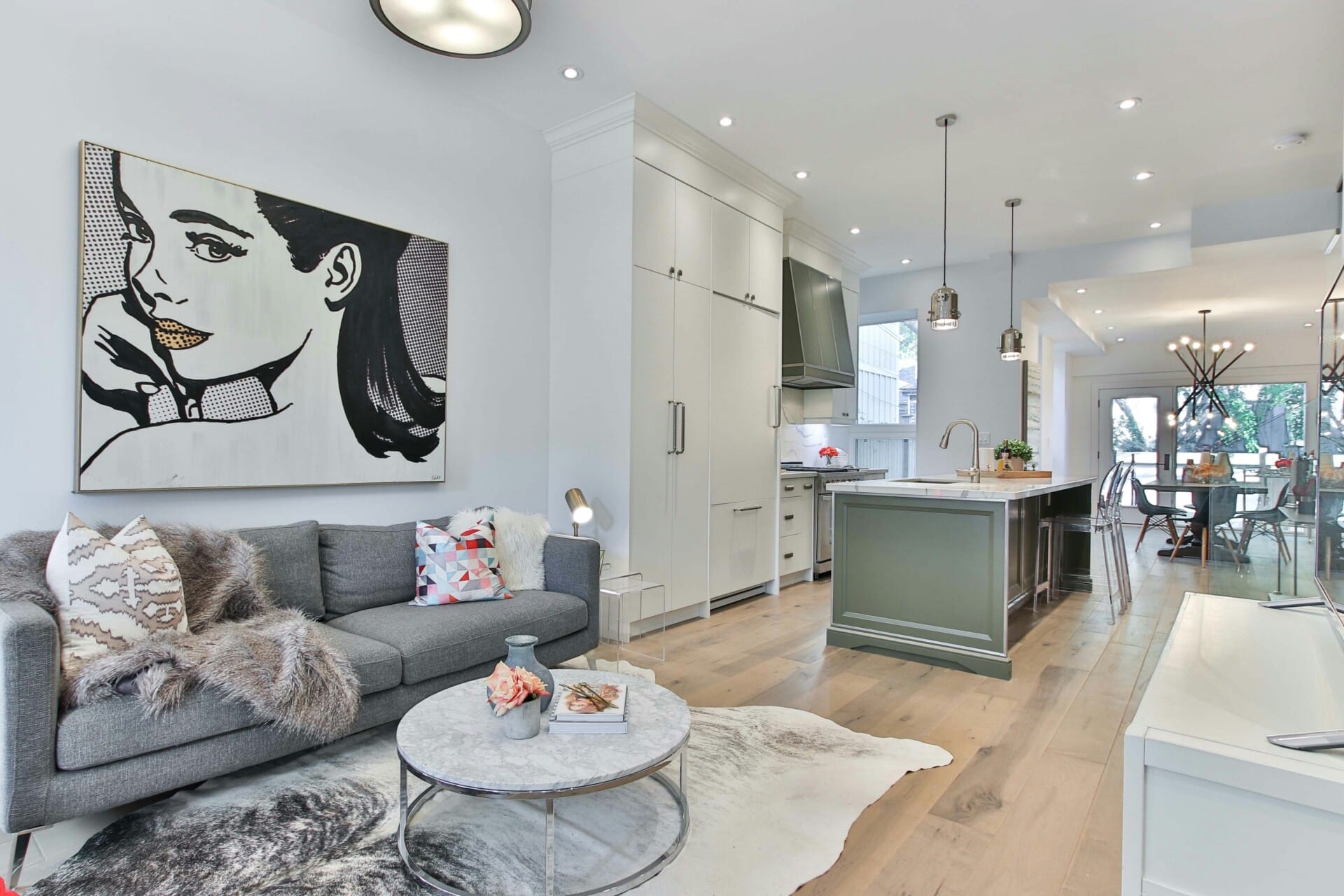
Innovative Materials: Building Homes with Nature in Mind
The construction landscape in Malaysia is transforming, driven by a strong commitment to sustainability and a deep respect for the environment. Using innovative materials sourced from local resources, builders are creating homes that harmonize beautifully with nature. Imagine homes crafted from bamboo, a fast-growing grass that sequesters carbon and is incredibly strong, or utilizing hempcrete, a bio-composite material that offers excellent insulation while also being eco-friendly. These materials not only reduce carbon footprints but also minimize the need for traditional timber, helping to preserve Malaysia’s lush forests.
Furthermore, the integration of recycled and upcycled materials into home designs is gaining momentum. This includes:
- Reclaimed wood from old structures, giving new life to timber while preventing deforestation.
- Precast concrete elements that can be manufactured off-site, reducing waste and time on construction sites.
- Natural clay solutions that are both aesthetically pleasing and sustainable, providing excellent thermal mass to keep homes cool.
Each of these choices reflects a growing awareness of environmental impact, urging architects and builders to think outside the box.
To showcase the effectiveness of these materials, consider a simple comparison table outlining key benefits:
| Material | Environmental Impact | Durability |
|---|---|---|
| Bamboo | Fast growth, Carbon sequestering | Highly durable & flexible |
| Hempcrete | Biodegradable, Insulating | Long-lasting, Resistant to pests |
| Reclaimed Wood | Waste reduction, Prevents new logging | Strong if maintained; Unique character |
Choosing these materials not only benefits the homeowners but also ensures a brighter future for Malaysia’s forests, embracing an era where construction is synonymous with conservation.
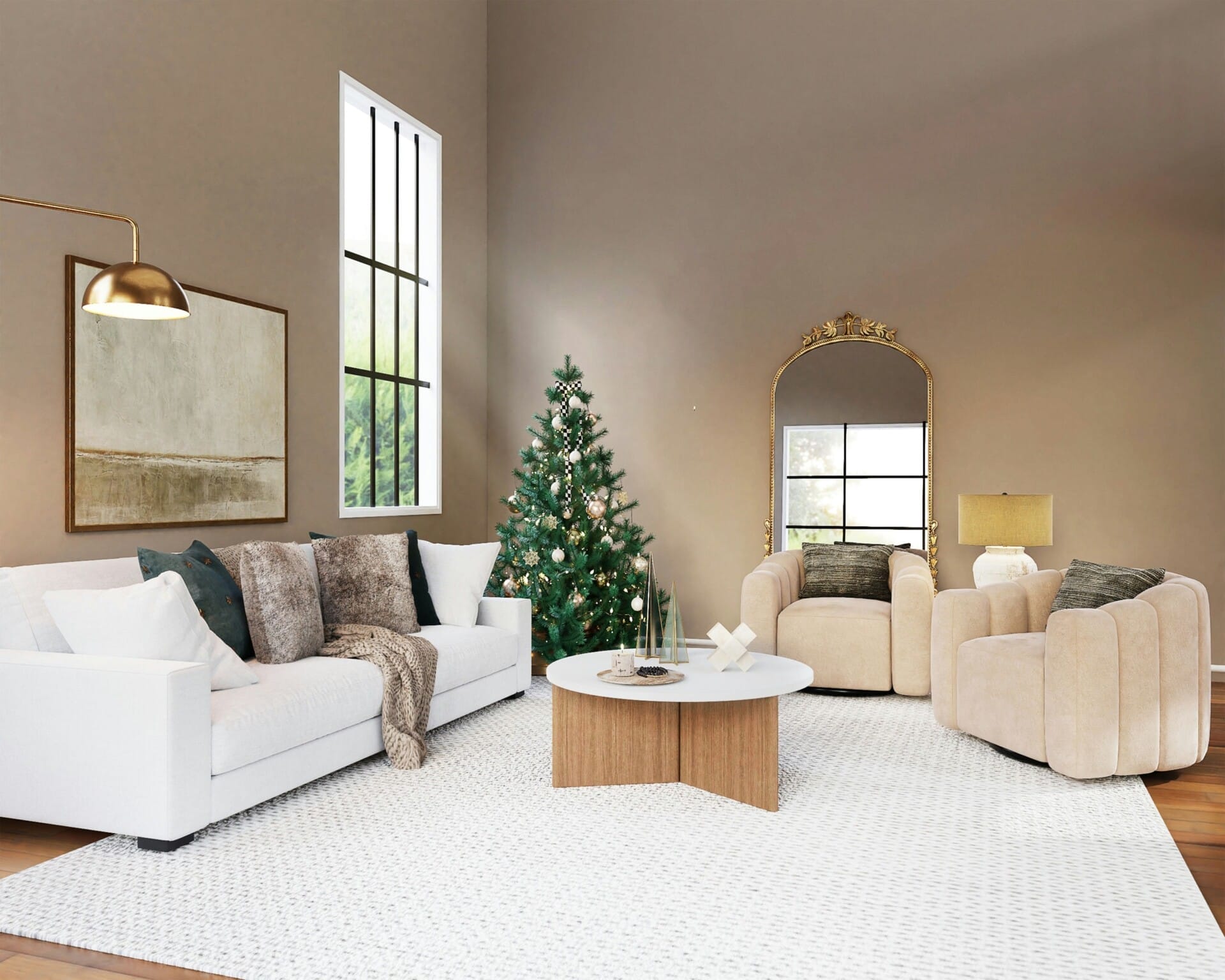
The Impact of Eco-Friendly Design on Local Ecosystems
In recent years, the spotlight has shifted towards eco-friendly designs that harmonize with local ecosystems. These sustainable construction practices prioritize the materials used, ensuring they are sourced locally and sustainably. This not only minimizes transportation emissions but also supports local economies. Choosing bamboo, reclaimed wood, and recycled materials are among the most impactful decisions architects and builders can make. Such choices promote biodiversity by reducing the demand for logging in natural forests, allowing these vital ecosystems to thrive.
Furthermore, the integration of natural elements into housing designs invites local wildlife to flourish. Features like green roofs and vertical gardens provide habitats for various species, enhancing urban biodiversity. In addition, sustainable designs often include rainwater harvesting systems and green drainage solutions, which collectively contribute to replenishing groundwater supplies and maintaining the natural water cycle. This mindful approach to housing means that every dwelling constructed isn’t just a shelter; it becomes a part of the larger ecological community.
| Eco-Friendly Design Features | Benefits |
|---|---|
| Bamboo Flooring | Fast-growing, sustainable alternative to hardwood. |
| Solar Panels | Reduces dependency on fossil fuels, lowering carbon footprint. |
| Native Plants | Requires less water and supports local wildlife. |
| Permeable Pavements | Helps recharge groundwater and prevents flooding. |
This holistic shift towards sustainability in construction does wonders not just for the environment but also fosters a sense of community. Homeowners engaged in these projects often find themselves more connected to their surroundings, participating in restoration efforts and conservation initiatives. By understanding the delicate balance between human habitation and nature, we can pave the way for future generations to enjoy Malaysia’s breathtaking forests and diverse ecosystems. In essence, sustainable design is not just about building—it’s about nurturing a relationship with the vibrant world around us.
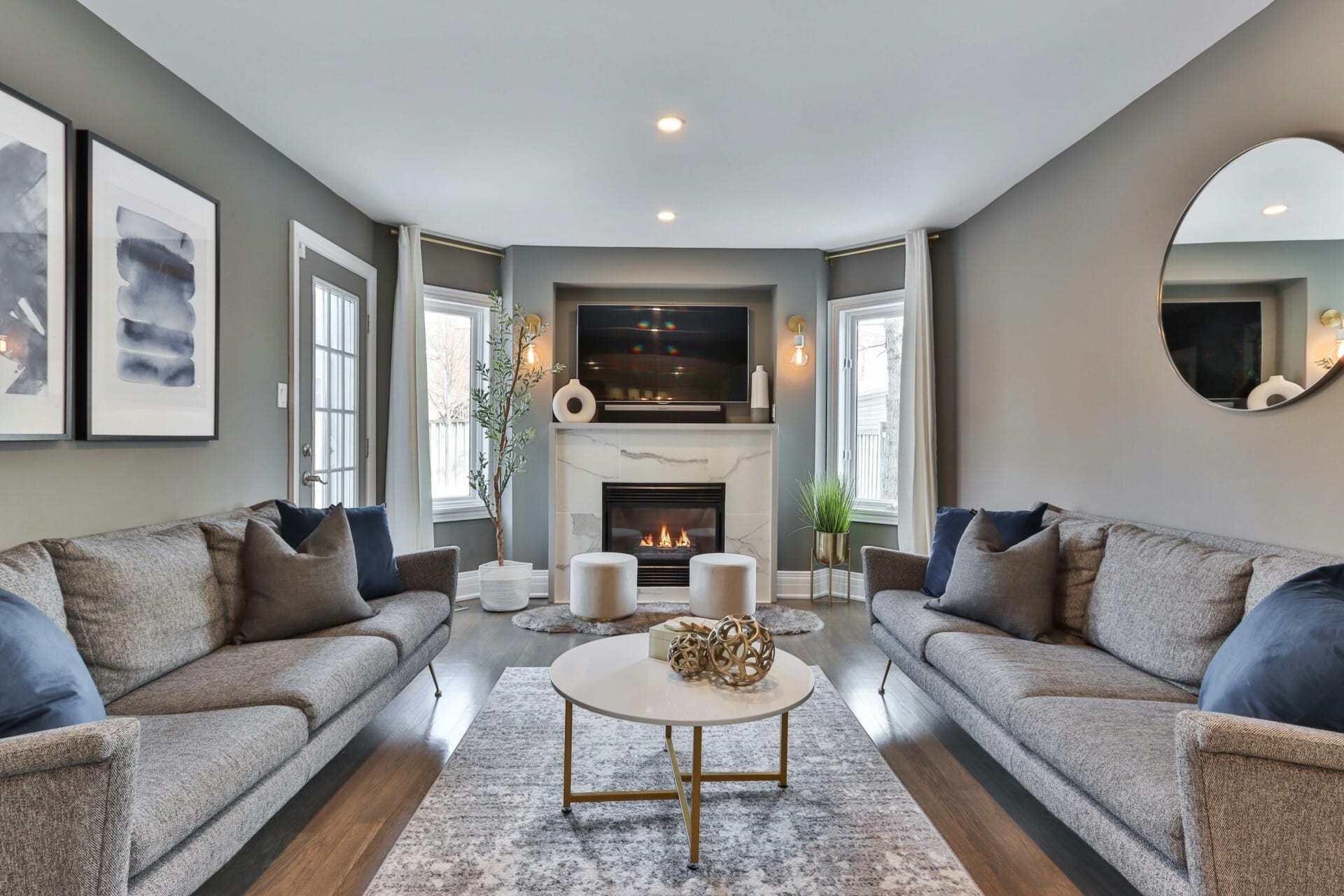
Reviving Traditional Techniques to Foster Sustainability
In the heart of Malaysia’s lush landscapes, a revival of traditional building methods is making waves in the construction industry. By embracing indigenous craftsmanship, builders are not just erecting structures but are also honoring the wisdom of generations that have come before them. These techniques often utilize local materials, reducing the carbon footprint associated with transporting resources. Plus, they offer resilience against the region’s weather extremes, ensuring that homes are not only sustainable but durable.
One remarkable example can be found in the use of bamboo and reclaimed wood. These materials are not just sustainable; they also create unique aesthetics that reflect Malaysia’s cultural heritage. When employing these resources, builders often discover that they can channel their creativity into designing homes that are both functional and beautiful. Here’s a quick look at some benefits:
- Reduced Environmental Impact: Local sourcing minimizes transportation emissions.
- Higher Thermal Efficiency: Natural materials provide better insulation.
- Supporting Local Economies: Using local artisans boosts community livelihoods.
Moreover, integrating traditional designs—like the kampung house layout—promotes airflow and natural cooling, leading to significantly lower energy consumption. This approach creates an environment that feels authentically Malaysian while promoting sustainability. Here’s a small table showcasing how traditional techniques contribute to modern sustainable living:
| Technique | Benefit |
|---|---|
| Murals and Engravings | Enhance cultural identity and community connection |
| Thatch Roofing | Natural insulation reduces energy costs |
| Open Ventilation | Promotes airflow, keeping homes cool |
By returning to these age-old practices, we engage in a powerful dialogue between the past and present, creating a more sustainable future for our forests and communities. The move towards these traditional methods not only preserves our rich cultural tapestry but also cultivates a renewed appreciation for nature’s resources, ensuring they’re cherished for generations to come.
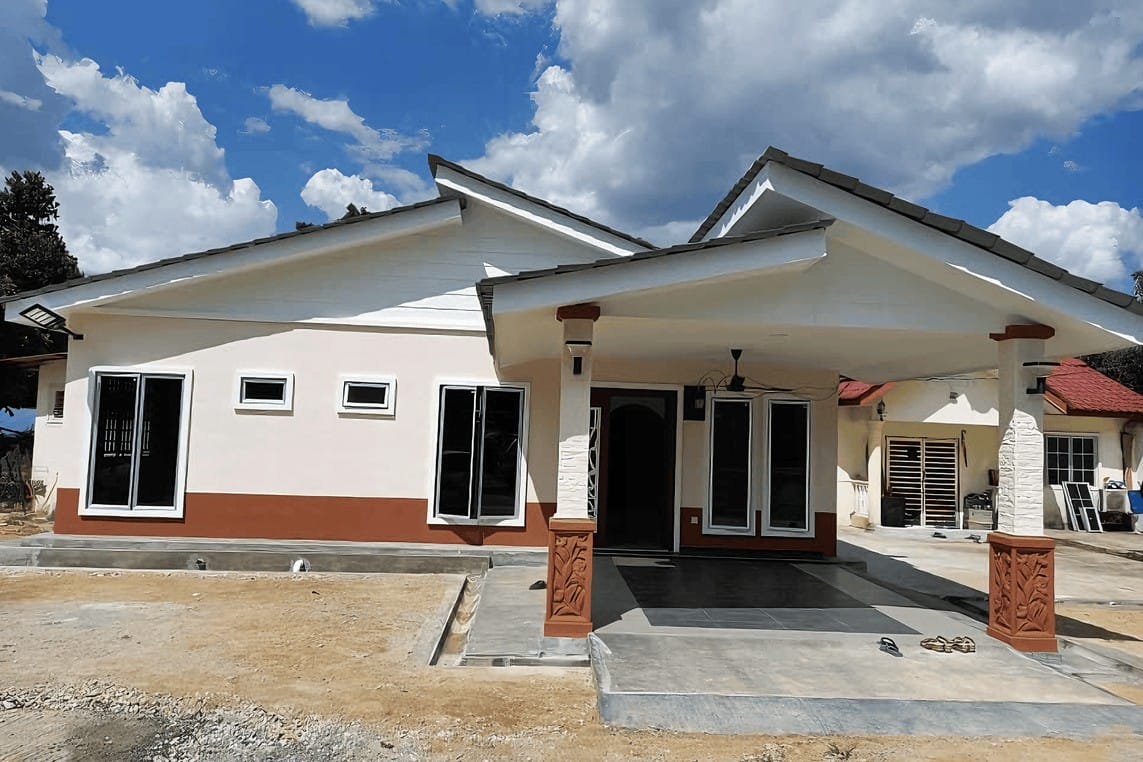
Collaboration Between Builders and Environmentalists: A Necessary Partnership
In a world where development often clashes with the need to protect our natural environment, the collaboration between builders and environmentalists emerges as a beacon of hope. This partnership is essential for crafting a future where sustainable practices are not just an afterthought but a core aspect of the construction industry. Working hand in hand, builders and environmentalists can design homes that respect the land while meeting the growing demands of urbanization. By utilizing technology and ecological awareness, they ensure that our projects breathe life into communities without suffocating our forests.
Builders are increasingly adopting sustainable materials and methods, influenced by environmentalists who champion the cause of conservation. Together, they prioritize practices such as:
- Recyclability: Using materials that can be repurposed, reducing waste and the strain on natural resources.
- Energy Efficiency: Designing homes that minimize energy consumption through innovative insulation and solar technology.
- Native Landscaping: Planting native species ensures that local wildlife flourishes while requiring less maintenance and water.
This synergy not only contributes to the preservation of Malaysia’s precious forests but also fosters a culture of sustainability within the community. By educating future homeowners on the benefits of green building practices, this partnership encourages a ripple effect, inspiring others to adopt eco-friendly choices. The ultimate goal is to create a more harmonious existence between human habitation and the natural world, proving that responsible construction can lead to a healthier, more vibrant environment for everyone.
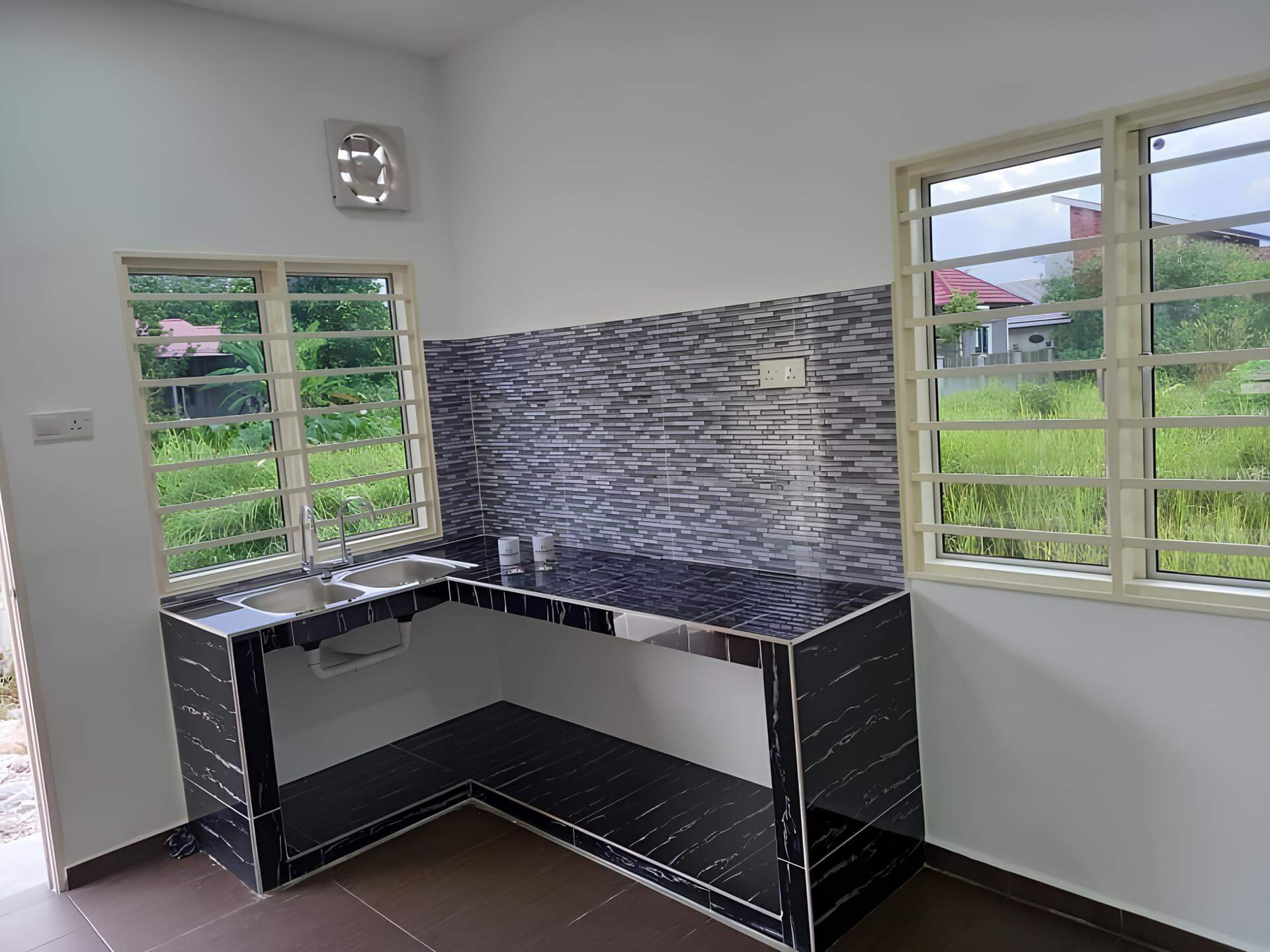
Government Policies Supporting Sustainable Practices in the Construction Industry
The Malaysian government has been at the forefront of advocating for sustainable practices in the construction industry, introducing a variety of initiatives aimed at reducing environmental impact. One of the key strategies is the Green Building Index (GBI), a rating system designed to encourage the adoption of environmentally friendly building materials and technologies. By providing certification for green buildings, the GBI motivates developers to invest in energy-efficient designs and sustainable resources, which ultimately leads to the protection of Malaysia’s forests.
In addition, financial incentives have been implemented to support developers who commit to sustainable construction practices. These include tax reductions and grants available for projects that demonstrate innovation in resource efficiency or utilize recycled materials. As a result, builders are increasingly opting for alternatives that not only lessen their carbon footprint but also help to diminish the demand for timber from Malaysia’s besieged forests. The government’s forward-looking policies thus pave the way for more eco-friendly homes while nurturing the country’s natural resources.
The establishment of the Malaysia Sustainable Energy (MSE) program has further strengthened these efforts, focusing on green technology and infrastructure development. By fostering collaboration between private and public sectors, the MSE promotes research and development in sustainable materials. This initiative encourages partnerships that prioritize environmental considerations and advance local economies—positioning Malaysia as a leader in green construction throughout the Southeast Asian region.
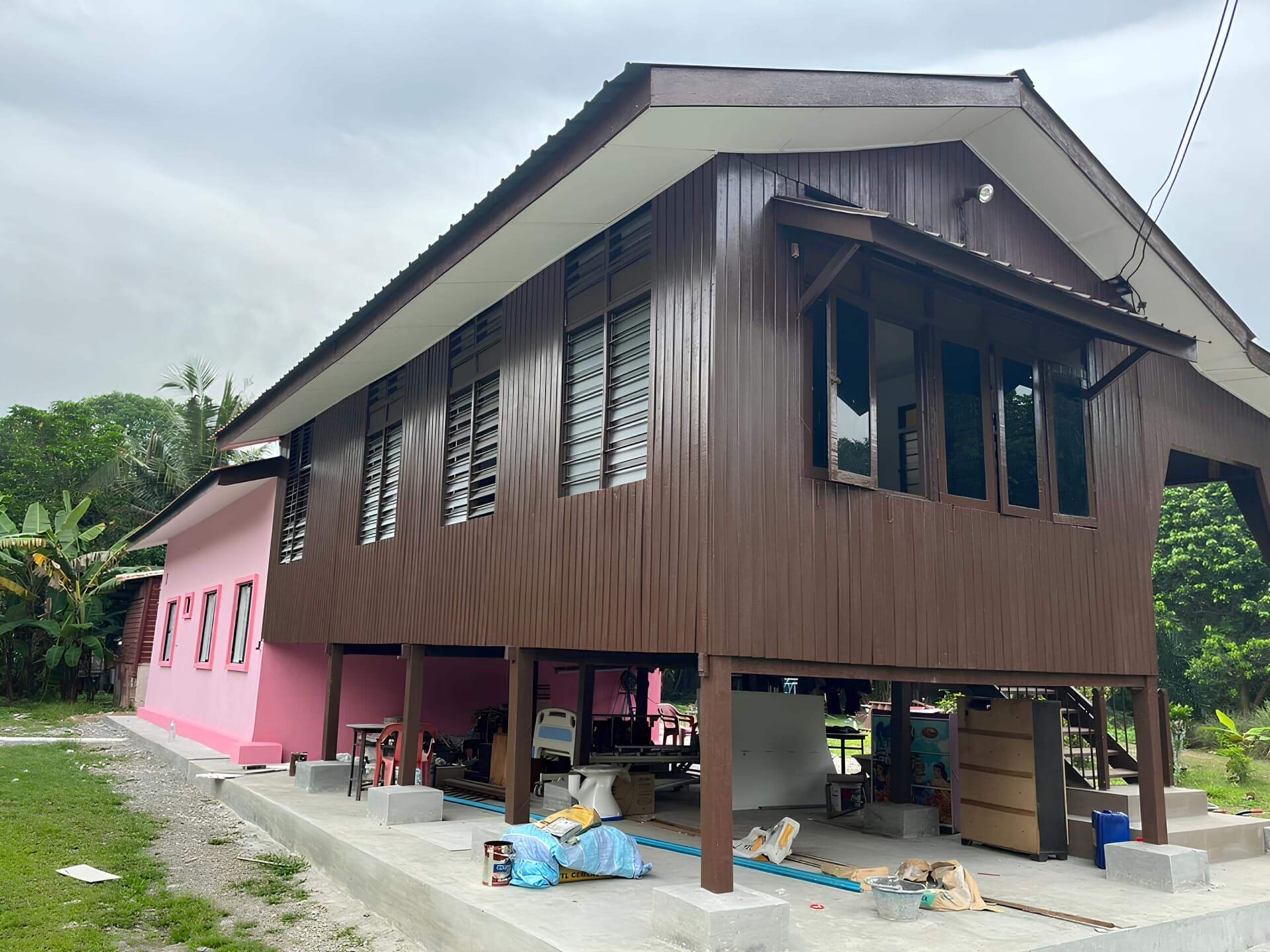
Empowering Communities Through Green Building Initiatives
Sustainable construction isn’t just a trend; it’s a vital movement that is reshaping the landscape of Malaysia. Green building initiatives aim to create structures that coexist harmoniously with their natural environment. By utilizing locally sourced materials, employing energy-efficient technologies, and promoting waste reduction, these projects not only decrease the carbon footprint but also foster a renewed connection with our beautiful forests. This is a step towards preserving the biodiversity that makes Malaysia unique and combating the ongoing threats of deforestation.
Incorporating eco-friendly practices into building designs has numerous benefits for local communities. For instance, green roofs, solar panels, and rainwater harvesting systems can dramatically reduce utility costs while optimizing energy usage. Moreover, these initiatives encourage residents to take an active role in maintaining a sustainable lifestyle. Community workshops and educational programs further immerse homeowners in eco-conscious living, empowering them to make choices that protect the environment.
Here’s a quick look at what sustainable construction can achieve:
| Initiative | Community Impact | Environmental Benefit |
|---|---|---|
| Use of Reclaimed Wood | Supports local craftspeople | Reduces deforestation |
| Rainwater Harvesting | Reduces reliance on municipal water | Conserves natural water resources |
| Energy-Efficient Appliances | Lowers monthly utility bills | Reduces overall energy consumption |
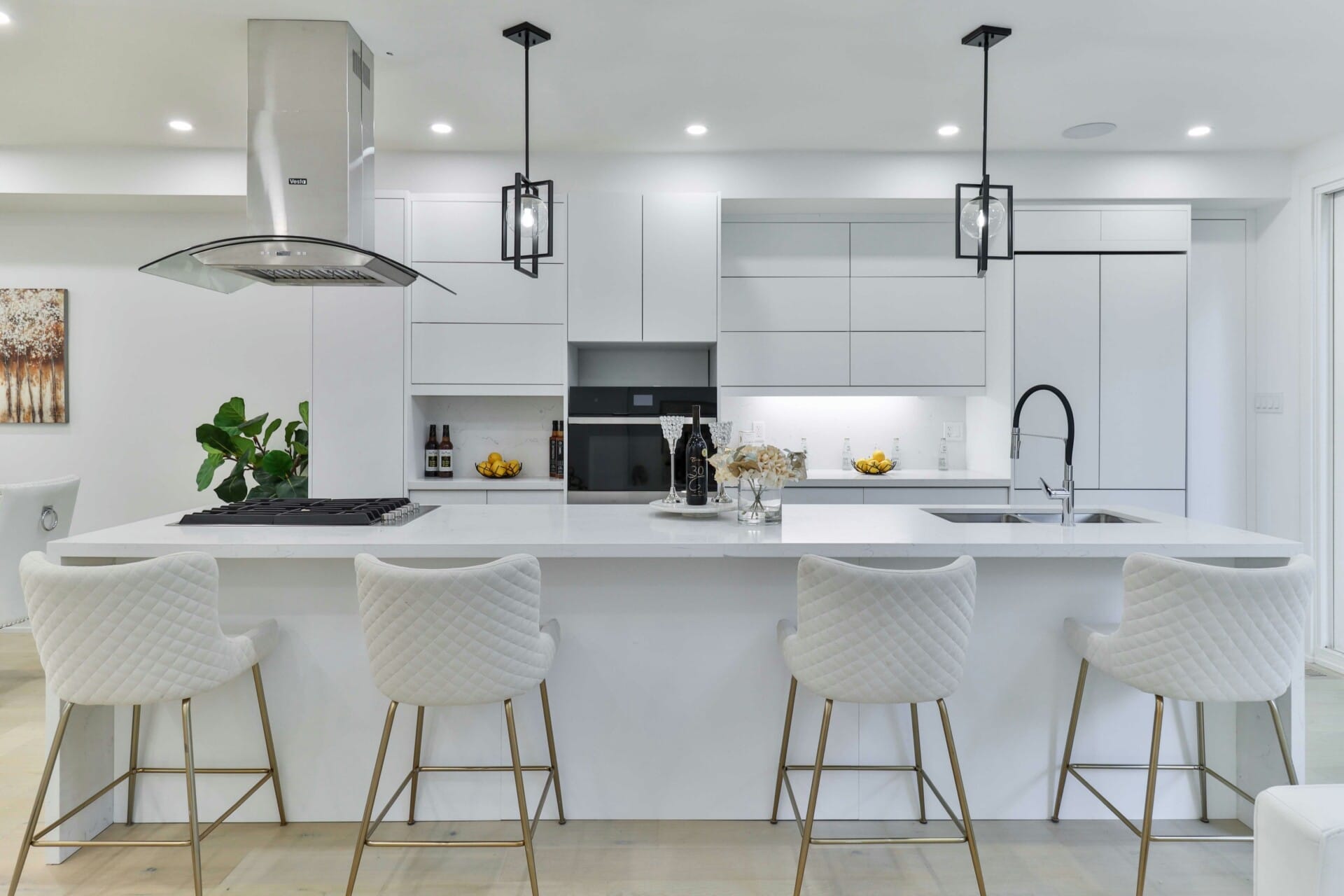
Future Outlook: Scaling Sustainable Construction Across Malaysia
“`html
The future of sustainable construction in Malaysia looks promising, driven by a collective vision for eco-friendly practices that prioritize our forests. With an increasing number of developers and builders adopting sustainable materials and techniques, we are witnessing a shift that respects our environment while catering to urban expansion. By focusing on green building technologies and renewable resources, we’re not just creating homes; we’re cultivating a culture of conservation.
To truly scale these initiatives, collaboration among various stakeholders is essential. This includes:
- Government bodies: Implementing supportive policies and incentives
- Construction companies: Training professionals in sustainable practices
- Local communities: Engaging in sustainability projects to raise awareness
By pooling resources and ideas, we can strengthen the foundation of sustainable construction that benefits everyone, from homeowners to the environment itself.
Investing in eco-friendly frameworks not only aids in conserving our forests but also has economic benefits. Consider the table below that highlights the potential positive impacts:
| Impact | Description |
|---|---|
| Reduced Carbon Footprint | Using local materials cuts transport emissions. |
| Job Creation | Green construction opens new employment avenues. |
| Cost Savings | Energy-efficient homes lead to lower utility bills. |
As these practices take root, the ripple effects will encourage more homeowners and developers to embrace sustainable choices. Our forests will not only be preserved but also flourish, ensuring that future generations can enjoy the rich landscapes of Malaysia.
“`
Final Thoughts
As we wrap up our journey into the world of sustainable construction and its impact on our beautiful Malaysian forests, it’s clear that every little effort counts. Each eco-friendly house built doesn’t just provide shelter; it also plays a part in preserving the lush green landscapes we cherish so much. By choosing sustainable materials and methods, we’re not just saving trees, but also gifting future generations a chance to enjoy the rich biodiversity that makes Malaysia unique.
So, whether you’re planning to build a new home or just curious about how to go greener, remember that you’re part of the change. Let’s embrace sustainable practices in construction and be proud of how we’re looking out for our planet, one house at a time. Together, we can ensure that Malaysia’s forests thrive alongside our communities. Here’s to a future where nature and innovation go hand in hand!